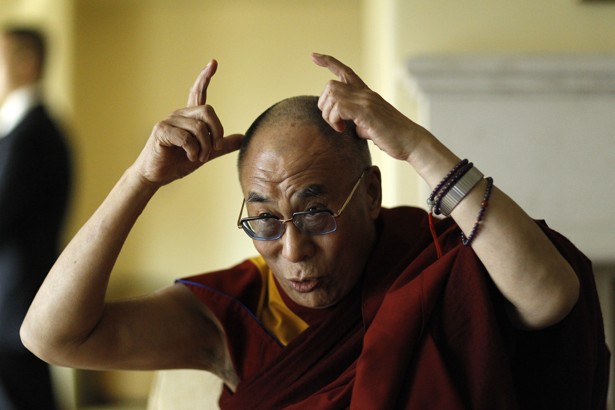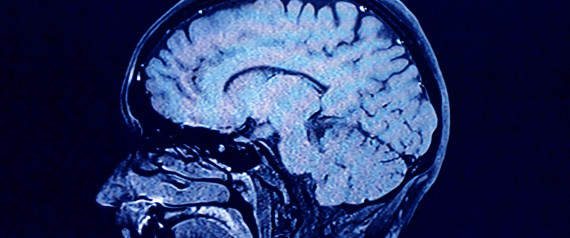
Wim Hof is a Dutch world record holder, adventurer and daredevil, nicknamed "the iceman" for his ability to withstand extreme cold.
Wim's breathing technique
1. Get comfortable and close your eyes, sit in meditation posture, what ever is comfortable for you .Make sure you can expand your lungs freely without feeling constriction. It is recommended to do this practice right after waking up since your stomach is still empty.
2. Warm Up - Inhale deeply. Really draw the breath in until you feel a slight pressure from the inside your chest on your solar plexus. Hold this for a moment and then exhale completely. Push the air out as much as you can. Hold this for a moment. Repeat this warm up round 15 times.
3. 30 Power breaths - Imagine you're blowing up a balloon. Inhale through the nose and exhale through the mouth in short but powerful bursts. the belly is pulled inward when you are breathing out and is pulled outward when you are breathing in. Keep a steady pace and use your midriff fully. Close your eyes and do this around 30 times or until you feel your body is saturated with oxygen . Symptoms could be light - headedness and tingling sensations in the body, electrical surges of energy.
4. Scan your body - During the 30 power breaths, delve into your body and become aware of it as possible. Trace your awareness up and down and your body and use your intuition as to what parts lack energy and what parts are overflowing. Scan for any blockage between the two. Try to send energy/warmth to those blockages. The release them deeper and deeper. Tremors, traumas and emotional releases can come up. It can be likened to kundalini rising. Feel the whole body fill up with warmth and love. Feel the negativity burn away. Often people report swirling colors and other visual imagery during this exercise. once you encounter them, go into them , embrace them, merge with them. Get to know this inner world and how ti correlates to the feeling of tension or blockages in your body.
5. The hold - AFter 30 rapid succession of breath cycles, draw the breath in once more and fill the lungs to maximum capacity without using too much force. Then push all the air out and hold for as long as you can. draw the chin in a bit so as to prevent air from coming in again. really relax and open all energy channels in your body. Hold the breath until you experience the gasp reflex on the top of your chest.
6. Recovery Breath - Inhale to full capacity. Feel your chest expanding . Release any tension in the solar plexus. When you are at full capacity, hold the breath once more . Drop the chin to the chest and hold this for around 15 seconds . Notice that you can direct the energy with your awareness. Us this time to scan your body and see where there is no color, tension or blockages. Feel the edges of this tension, go into it, move the energy towards this black hole. feel the constructions burning away, the dark places fill with light. Relax the body deeper as you move further inward, let everything go. Your body knows better than you do. After 15 seconds you have completed the first round.





 107
107 